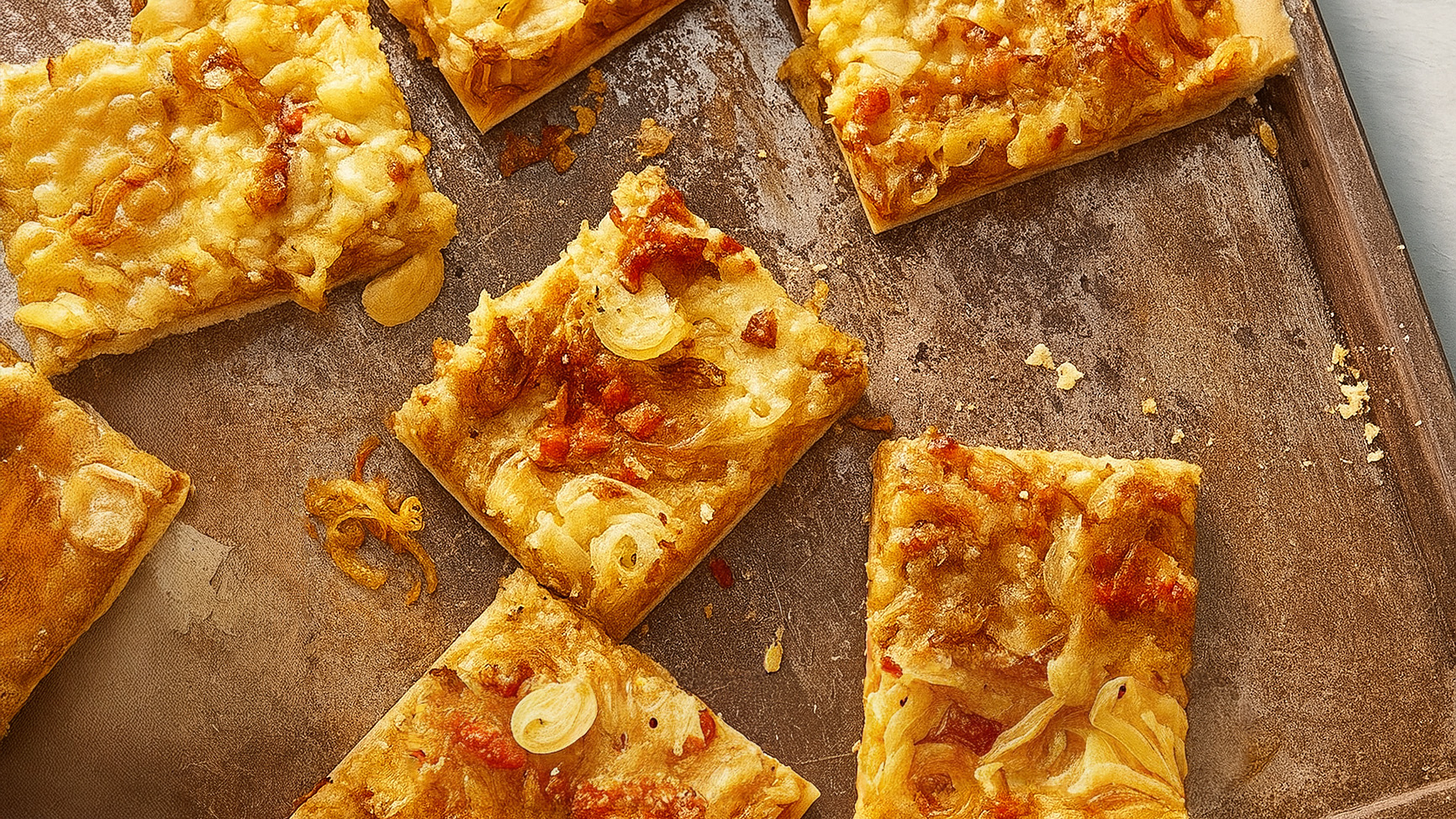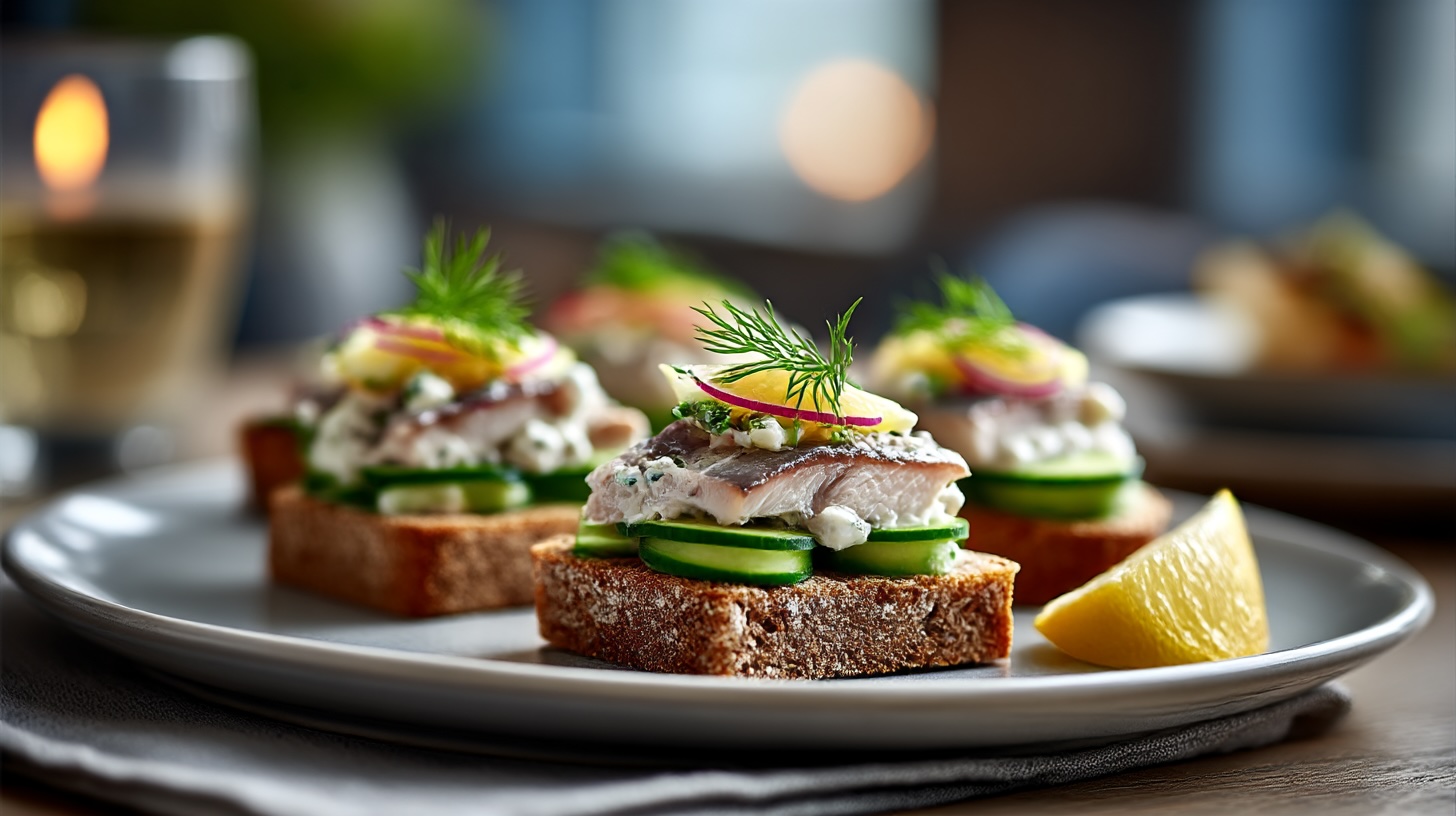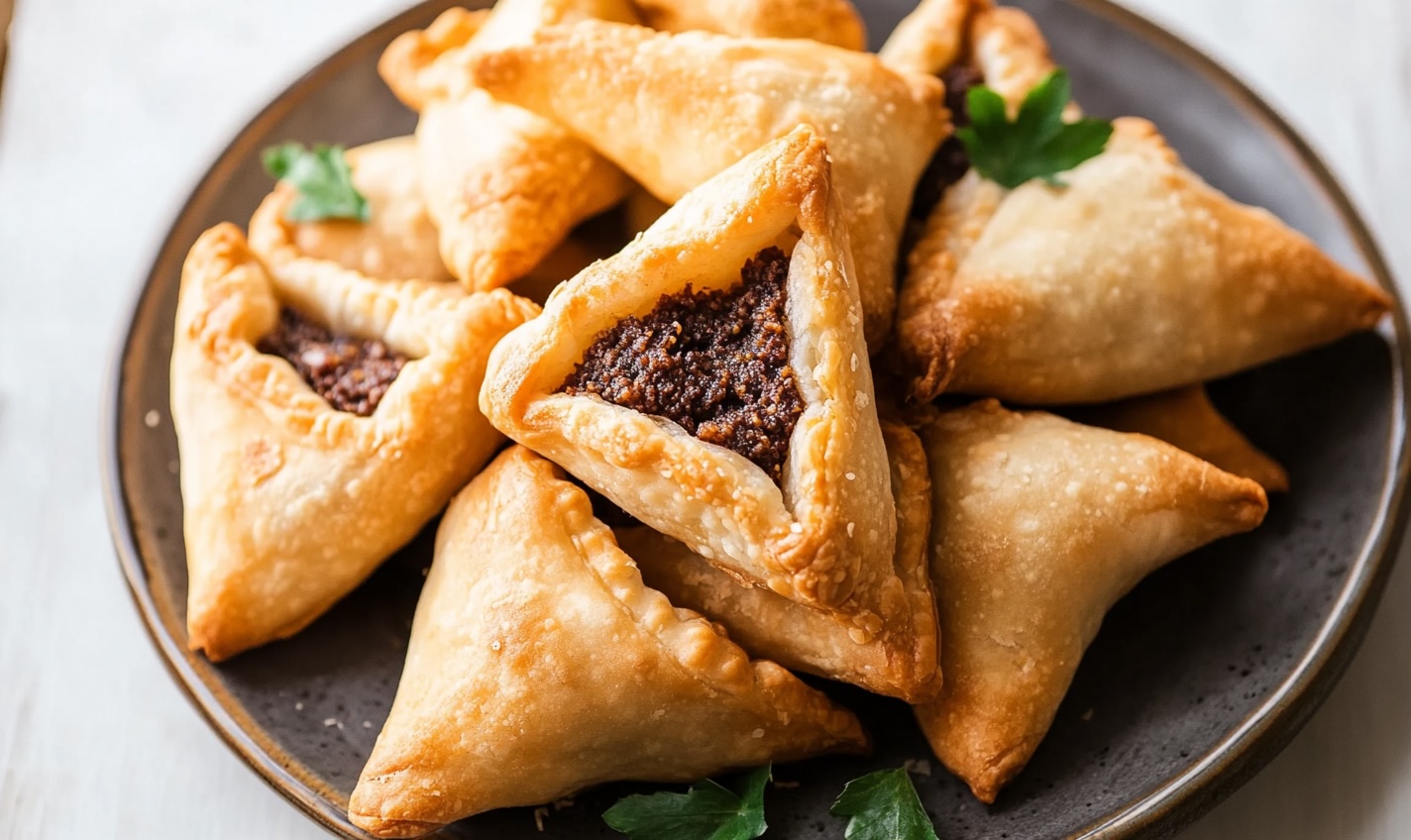Arepa: The Soul of Venezuelan and Colombian Street Food
If you ever want to understand the soul of Venezuelan and Colombian street food, skip the fine dining and find yourself an arepa. Better yet, let the smell guide you: sizzling maize patties on a hot griddle, somewhere between a pancake and a pita, but with all the personality of a drama series on its third season.
The arepa is older than the Andes. Literally. Before the Spanish turned up waving crosses and conquistador helmets, Indigenous peoples like the Timoto-Cuicas in Venezuela and the Muisca in Colombia were already grinding maize and shaping dough into these glorious edible discs. The word “arepa” is thought to come from “erepa,” which meant corn in Cumanagoto, a now-extinct Indigenous language. Think of it as an edible fossil with regional flavour upgrades.
In Venezuela, the arepa is a democratic icon. Everyone eats it: rich, poor, overworked, underpaid, sober, hungover. In Caracas, the arepa is often split open and stuffed like a sandwich. Popular fillings include reina pepiada (a glorious mash-up of chicken, avocado, and mayo), carne mechada (shredded beef that tastes like it fought valiantly in a telenovela), or good old queso de mano (a stretchy, creamy cheese that should have its own national anthem).
Colombians, meanwhile, tend to keep it simpler. Their arepas are often thinner, eaten plain or with a smear of butter and cheese. In Medellín, you’ll find arepa de choclo, made with sweet corn and served with a slice of fresh cheese on top, like a love letter to breakfast. In the coastal regions, they deep-fry them into crunchy golden moons and pair them with eggs or shrimp. Because why not?
What makes the arepa special is its adaptability. It can be grilled, baked, fried, or cooked on a budare (a flat griddle). It can be savoury or sweet, thick or thin, minimalist or outrageously overstuffed. It is the culinary equivalent of a blank cheque signed by your grandmother.
Now, what should you drink with an arepa? Venezuelans swear by a cold malted drink called Malta. Colombians might reach for aguapanela or a cold beer, depending on whether the sun is out or merely threatening. If you want to elevate things, pair your arepa with a fruity red wine (for beef), or a chilled Albariño (for fish or cheese). A michelada wouldn’t be inappropriate either.
As for sidekicks, arepas love company. Black beans (caraotas), fried plantains (tajadas), scrambled eggs, or a spoonful of guasacaca (a garlicky cousin of guacamole) all make the cut. For dessert? Maybe a slice of tres leches cake. You deserve it.
Nutritionally, the arepa isn’t just carbs and nostalgia. Made with pre-cooked cornmeal (usually Harina P.A.N., the flour of choice), it’s gluten-free and provides a decent hit of fibre and complex carbohydrates. Stuff it with avocado or grilled chicken and you’ve got a meal that makes your body and soul shake hands.
If you’re hunting arepas outside Latin America, head to areas with strong Venezuelan and Colombian diasporas. London, Madrid, and Miami have booming arepa scenes. And don’t be surprised if you spot a food truck with “Arepa-Zone” or “La Reina” written in neon. Follow the queue.
Here’s how to make your own arepas at home without summoning a minor kitchen disaster:
Arepa Recipe (Venezuelan-style)
Ingredients:
2 cups of pre-cooked white cornmeal (like Harina P.A.N.)
2½ cups warm water
1 tsp salt
1 tbsp oil (for the dough)
Oil for frying or grilling
Method:
In a large bowl, mix the salt into the warm water. Slowly add the cornmeal while stirring with your hand or a wooden spoon. Let the mixture sit for 5 minutes to hydrate fully. Knead until smooth and pliable. Add a bit of oil to soften the dough.
Divide into 6-8 pieces. Shape into balls and then flatten into patties about 1 cm thick. Heat a non-stick skillet or griddle with a little oil. Cook the arepas over medium heat for about 5-7 minutes on each side, until they form a crisp golden crust. You can finish them in a 180°C oven for 10 minutes if you like them fluffier inside.
To serve: Slice them open like pita bread and stuff to your heart’s content. Chicken-avocado salad, cheese and ham, black beans with plantains—the world is your filling.
Arepa: proof that the best things in life are round, golden, and come with cheese.



